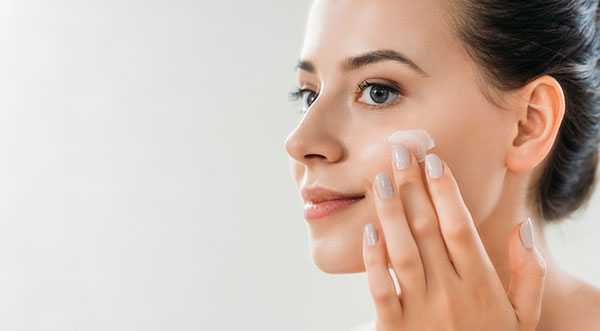Mimosa Hostilis for the Betterment of Your Skin
By Space Coast Daily // July 26, 2022

Mimosa Hostilis has been a historical adoption for several causes. It refers to the “Tree of the Skin” and several benefits for the skin with mimosa hostilis root bark powder. It got used by Mayan physicians as bark powder to cure skin wounds at the beginning of the tenth century. Then, in 1984, a gas explosion at a gas plant resulted in almost 3,000 burn injuries.
Medical professionals noticed that the cuticle would return along with the tree’s bark when more than 60% of the skin had destroyed. With this, we may assert that this tree’s bark is miraculous.
Skin Tree
The Mimosa hostilis tree gets referred to as “the skin tree,” denoting its best healing power and myriad skincare applications. This herb is a nutritional powerhouse because of the plant’s robust phytochemistry: Flavonoids, tannins, alkaloids, lipids, phytosterols, xylose, saponins, and glucosides. These are a few substances that are covered to be best for the skin in mimosa root bark powder.
The mimosa hostilis root bark powder is incredibly beneficial to the skin. It has various effects that, when used often, can improve general skin health and make it more resistant to external influences. Let’s examine some of these advantages in more detail and discuss how to include mimosa into your skincare regimen.
Repair. Replenish. Rejuvenate!
The best-known use of mimosa is to encourage tissue and cell regeneration. It has been used for a long time to heal wounds and cure scars, stretch marks, and burns. Mimosa bark powder, which has dried, a remarkable and can increase collagen formation. Our skin and hair get made up of part of a protein called collagen.
Flavonoids, a family of potent antioxidants, are also abundant in mimosa. The bark’s abundant flavonoids, alkaloids, and phytosterols combat free radical damage and support the recovery of skin vitality. Regular use of these substances can increase skin suppleness and lessen the visibility of wrinkles, dark spots, under-eye bags, and other aging symptoms.
Skin conditions
Strong antibacterial, antiviral, antifungal, and anti-inflammatory qualities exist in mimosa root bark, which can help shield the skin from various issues. It is frequently used in creams and lotions to prevent inflammatory skin diseases such as acne, boils, irritated skin, scars, rashes, eczema, allergies, and other skin problems. The anti-inflammatory properties of mimosa hostilis are due to their tannin content. These substances can reduce the size of big pores and calm red, irritated skin.
Using it as a dye
The Mimosa Hostilis Root Bark possesses qualities like its rich purple-brown color that make it the best dye. It is not just helpful for human skin. Thanks to its brilliant pigment, a long-lasting and durable in fabrics or even human hair, tinctures of purple, brown, and even pink may get formed. As it thought to be more efficient and sustainable than existing dyes, it is now getting investigated for widespread industrial application.
Improve moisture absorption
Tepezcohuite is extraordinarily rich in micronutrients: iron, zinc, magnesium, manganese, copper, and other antioxidants, all of which contribute to the internal renewal of the skin. Additionally, it includes significant levels of lipids and xylose. Two substances get known to improve skin barrier function and increase moisture retention. A skin barrier may stop water loss and aid in defending the skin from aggressors such as allergies, germs, pollution, and UV damage.











